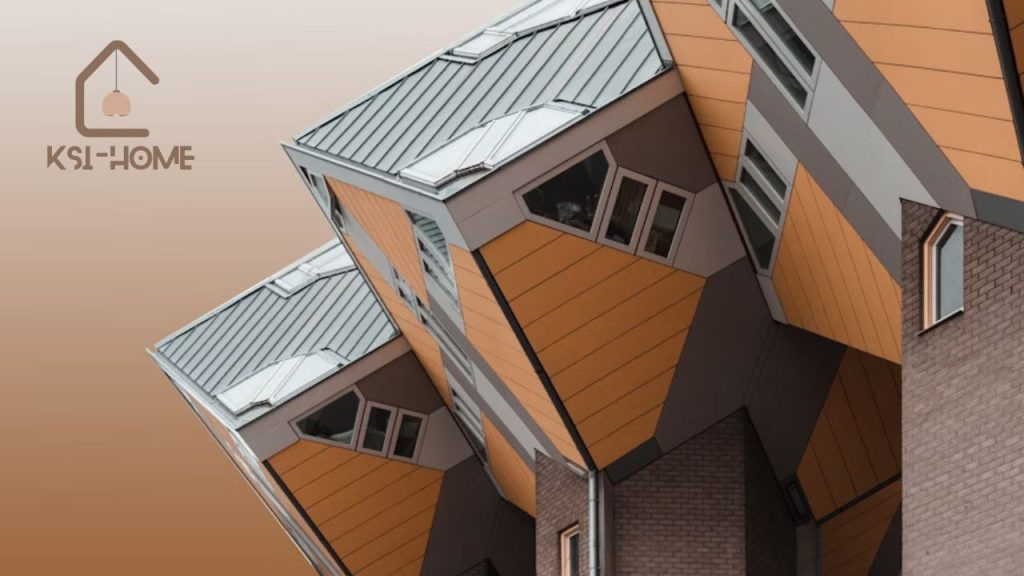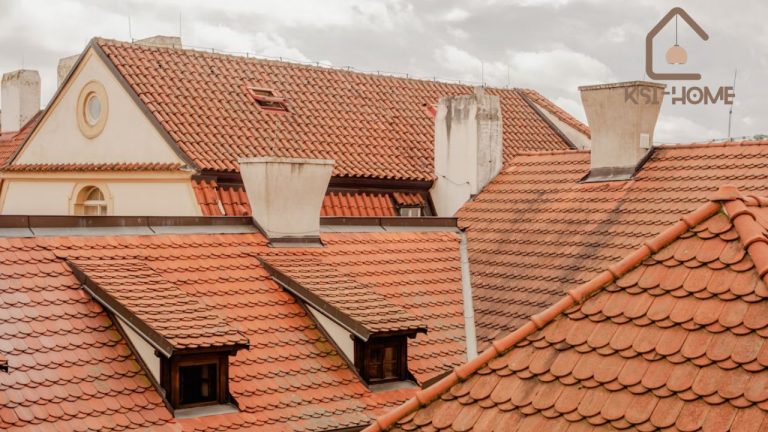When planning home construction or simply satisfying your curiosity, a question that often arises is, “What is the height of a typical 2-story house?” Understanding this can give you insight into architectural norms and help with projects like landscaping, fencing, or renovations. The height of a typical 2-story house depends on various factors, including building codes, ceiling heights, and the type of roof.
This article will break it all down, covering average measurements, factors that influence height, and frequently asked questions. Read on for an easy breakdown!
Summary of Key Data
| Feature | Average Measurement |
|---|---|
| Floor height per story | 8 to 10 feet |
| Ceiling height | Generally 8 feet (can vary based on design) |
| Second floor addition | Includes floor thickness (1–2 feet) |
| Roof height | 6 to 10 feet for sloped roofs; varies for flat |
| Total height | 20 to 25 feet for most 2-story houses |
Note: These measurements are averages. The height of a house can vary based on region, climate, and home design preferences.
What Is the Average Height of a 2-Story House?
Standard Measurements
A standard 2-story house is typically 20 to 25 feet tall, measured from the base of the foundation to the roof’s peak. Here’s why this range exists:
- Floor Height
Each floor usually ranges between 8 and 10 feet tall. Add the first and second floors together, and you arrive at 16–20 feet.
- Flooring Thickness
The second story includes an additional foot or two for the flooring system, which adds structural support.
- Roof Height
Roof styles impact the overall height. A pitched roof can add as much as 10 feet, while flat roofs contribute less height.
The Role of Local Building Codes
Building regulations in some regions impose limits or minimums on house height. For instance, homes built near airports or in coastal regions with strict zoning laws may differ from average measurements.
Factors That Influence the Height of a 2-Story House

Knowing the ranges is one thing, but what causes these variations? Below, we explore key factors that influence the height of a 2-story house.
1. Ceiling Height Preferences
Most homes have an 8-foot ceiling, but modern buyers often demand higher ceilings for a more spacious feel. Here are the common options:
- 8 Feet: The standard in older or budget homes.
- 9–10 Feet: Frequently found in modern or luxury builds.
2. Roof Style
The architectural design of the roof is another major determinant of a house’s height.
| Roof Type | Height Contribution |
|———————–|————————————-|
| Flat Roof | Minimal height (above 2–3 feet). |
| Low-Slope Roof | Adds 6–8 feet to total height. |
| Steep-Pitched Roof | Contributes 8–12 feet or more. |
Homeowners often choose steeper roofs in areas with heavy rain or snow to prevent accumulation.
3. Foundations and Basements
A home built on a crawl space, raised foundation, or with a basement will stand taller than one built on a slab. Basements might add another 7 to 8 feet to the overall building height.
4. Architectural Style
Certain architectural designs favour additional height. Victorian homes, for example, often feature high ceilings and steep roofs, making them taller than a typical 2-story home. On the other hand, minimalist modern homes might have compact, flat-roof designs.
Real-Life Examples of Residential Heights
To bring this to life, here are a few examples of 2-story homes with varied heights.
- Suburban Standard
Most suburban homes with simple pitched roofs reach around 22 feet tall.
- Luxury Custom Builds
Homes with vaulted ceilings and intricate roofs may hit 25–30 feet.
- Townhouses
These are often compact, with flatter roofs or lower second stories, typically totalling 20–22 feet.
- Farmhouses
Traditional farm designs with steep roofs often reach 25 feet.
How Does This Height Compare to Other Buildings?
If you’ve been wondering how a 2-story house stacks up, here’s a quick comparison.
| Building Type | Typical Height |
|————————–|—————————–|
| Single-Story Home | 10 to 12 feet |
| 2-Story Home | 20 to 25 feet |
| Multi-story Apartment | About 10 feet per story |
| Warehouse/Industrial | 25–30 feet minimum |
Personal Considerations for Home Height
Planning Your Home
Whether you’re building from scratch or buying an existing property, keep these points in mind when considering height:
- Neighbouring Buildings
Stay consistent with nearby homes to maintain aesthetic appeal (and avoid zoning conflicts).
- Energy Efficiency
Taller spaces require more energy for heating and cooling. A home with cathedral ceilings might look stunning but come with higher utility costs.
- Resale Value
Spacious second stories and attractive rooflines can boost curb appeal and resale value.
User Ratings and Reviews
- George A., Kansas, USA
“We renovated last year and raised our ceilings to 10 feet. It feels luxurious but expensive to heat in winter.”
- Sophie L., Brighton, UK
“I love our steep-roof house—it’s perfect for snowy winters. Just keep in mind it’ll be harder (and costlier) to replace a taller roof.”
Frequently Asked Questions
1. What’s the minimum height for a 2-story house?
The minimum is usually around 16–20 feet, but it depends on ceiling height, structural design, and zoning rules.
2. How tall can a 2-story house legally be?
Zoning laws determine the height. Some areas cap residential buildings at 35 feet. Refer to your area’s building code for specifics.
3. How high are ceilings in modern 2-story houses?
Modern homes often feature 9 to 10-foot ceilings, but 8-foot ceilings remain common in older structures.
4. Do sloped roofs add a lot to height?
Yes, sloped roofs add significant height, up to 12 feet or more depending on the pitch.
5. Can basements affect the apparent height of a house?
Yes. Homes with visible basement levels appear taller and alter the building’s exterior proportions.
By breaking down the height of a 2-story house into digestible components, you now have a clearer picture of what goes into making a home’s dimensions. From ceilings to roof styles, each decision impacts overall height—and understanding these factors can lead to better building and buying choices.
Admin Recommendation
Laying the Foundation for DIY Home Improvement Success


















